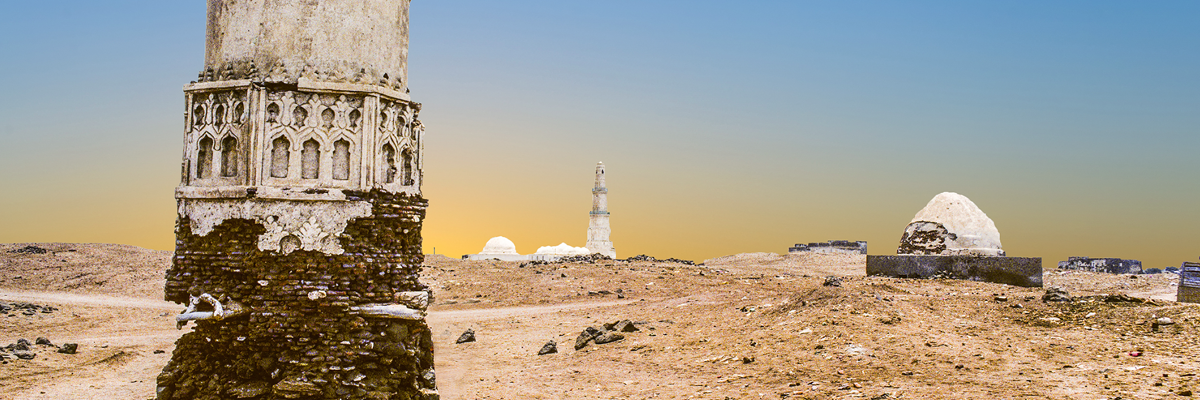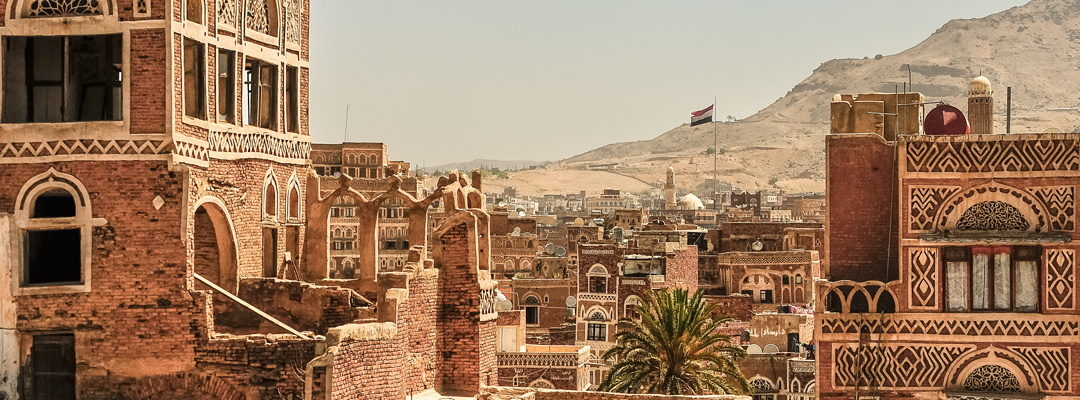Building The Future By Preserving Old Architectural Works, Building New Ones
A society’s future is a story that unfolds through its legacy of construction and architecture. What was built before with reverence stands as the foundation for everlasting heritage. What is renovated or built new today testifies to a culture’s ideals. Preserving and renovating our architectural icons is for the good of all Yemeni people, for those monuments belong to them as well as the generations yet to come.
In his book, “Architecture, Modernity, and Preservation: The Tower House of Sana’a, Yemen” scholar Richard Brooks Jeffery wrote of the motivation for cultural preservation:
“Since the 1962 civil war, the face of Yemen has changed drastically. The previous lack of modern development made Yemenis aware of the ever-increasing need for modernization, and they embraced it wholeheartedly when it arrived. Along with modern amenities such as public services, cars, and foreign consumer goods, change brought massive urban migration, traffic, litter, cheap foreign construction materials, and an obsession to become a modern state even at the expense of traditional culture.
People abandoned buildings in Sana’a’s old city and moved into comfortable modern villas in the suburbs where new development was sprawling to meet the demands of a population explosion. Much of the commercial activity vital to the old city has left the market area. The importation of cheaper goods has caused many of the traditional crafts, along with their shops, to disappear. Buildings of the old city have fallen into disrepair because the need for annual maintenance is often disregarded. As a result, a new generation of builders lack the necessary skills to repair traditional buildings and consequently substitute modern and often inappropriate techniques.”

Preserving old architectural works in Yemen is a key component for improving education. Understanding culture inspires young people to learn.
That’s why I value the rebuilding and restoration of the country’s mosques, monuments and other meaningful structures.
The Nehm Mosque, for instance, in the middle of the Nehm Mountains, was newly constructed with only local, traditional stone techniques. Volcanic stones, mud mortar and earth gypsum, for instance, represent locally sourced materials to highlight Yemeni culture.
Another example is the restoration of a 16th century palace, the Albhar Quarter in Old Sana’a. The work restores the past while projecting the future through cultural art preservation infused with traditional design.
This beautiful piece of cultural art was a result of a team of experts headed by Mr. Marco Livadiotti and is considered today the best example of restoration in the old city of Sana’a.
~ Haitham Alaini
